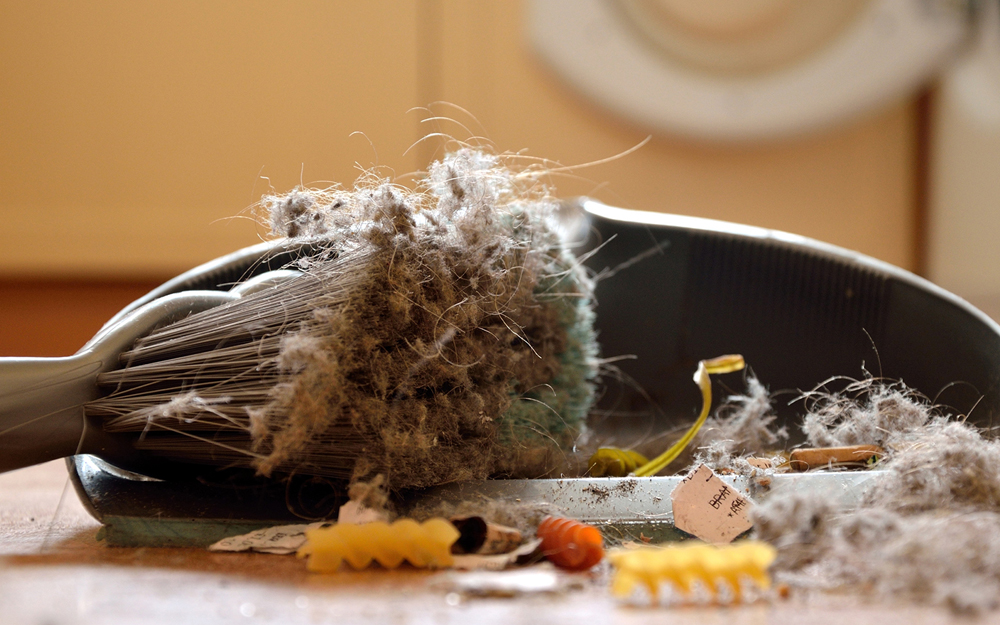Reducing Allergens at Home
Date
May 24, 2018
Credits

Date
May 24, 2018
Credits
Medical providers featured in this article
In Brief
{{cta-block}}
Pollen, dust, mold, and other allergens can feel unavoidable to allergy sufferers.
But you're not powerless in the fight against runny noses and watery eyes!
"There are definitely some steps you can take around your house to make allergy season more bearable," says Dr. Flora Sinha, a Cedars-Sinai primary care doctor.
Here are some good cleaning habits to help with allergies year-round:
Dust smart
Dust and mold particles, along with pollen, are common allergy culprits. When dusting, clean from top to bottom to avoid spreading dust on areas you just cleaned. Also, don't just brush the dust away with a feather duster or cloth. Damp microfiber cloths will trap the dust instead of just moving it around. Make sure you remember to clean ceiling fans, blinds, and curtains.
Don't forget your filters
First, make sure the filters you already have are in good shape and clean, like those in your air conditioning units or your central heating and air conditioning system. Check that they're the right ones for the job.
You can also add filters to your home if you don't have them, either as stand-alone room units or in your central heating and air system.
The American College of Allergy, Asthma, and Immunology has some recommendations:
Wash and cover pillows
After a long day, everyone looks forward to snuggling into their pillow.
You know what else loves pillows? Dust mites. The horrifying factoid that pillows and mattresses get heavier over time from dust mites and their droppings? It's true, says Dr. Sinha.
Washable pillowcase dust covers are a must. Wash those and your usual pillowcases every 3 weeks. Depending on the kind of pillow you have, it can be washed or dry cleaned every 3 to 4 months.
Keep your bed and mattress clean
A dust cover is a must-have accessory for your mattress too, which is also prone to becoming a haven for dust mites over time. Also clean your headboard and your bedframe, especially if either is covered in fabric.
Limit how much pollen you let inside
As much as you can, keep the windows closed if you have air conditioning to avoid pollen being blown inside. Take off your shoes outside, or have a mat at the door where you can wipe your feet. Keeping inside temperatures cool also helps prevent humidity. Humidity creates the perfect environment for mold and dust mites.
Splurge on the right vacuum cleaner for the job
Not all vacuums are created equal. Dr. Sinha recommends a bagless vacuum with a HEPA filter. If possible, wood or other hard floors that can be dusted and mopped are preferable to carpeting for those with serious allergies.





